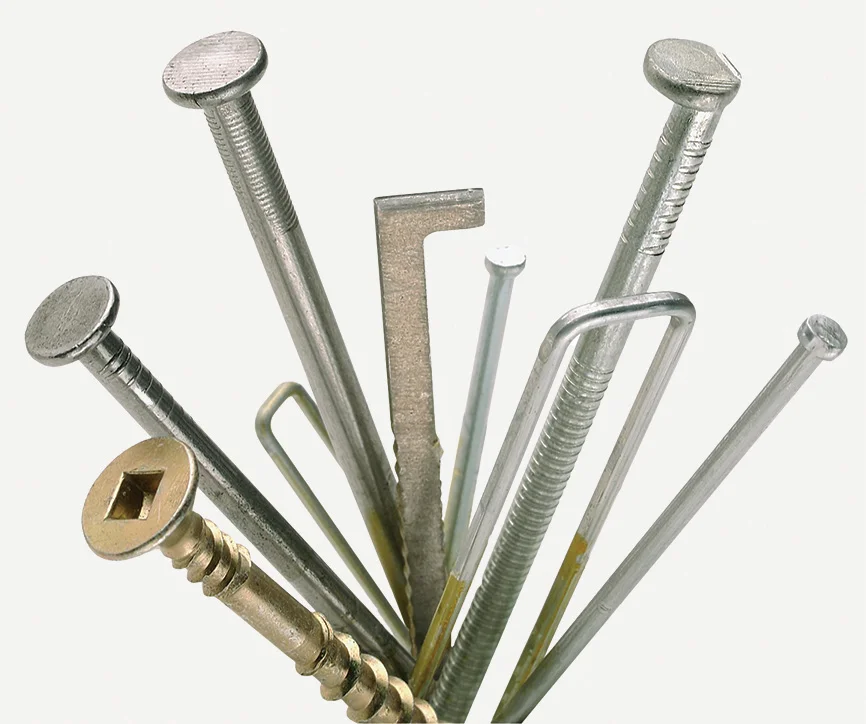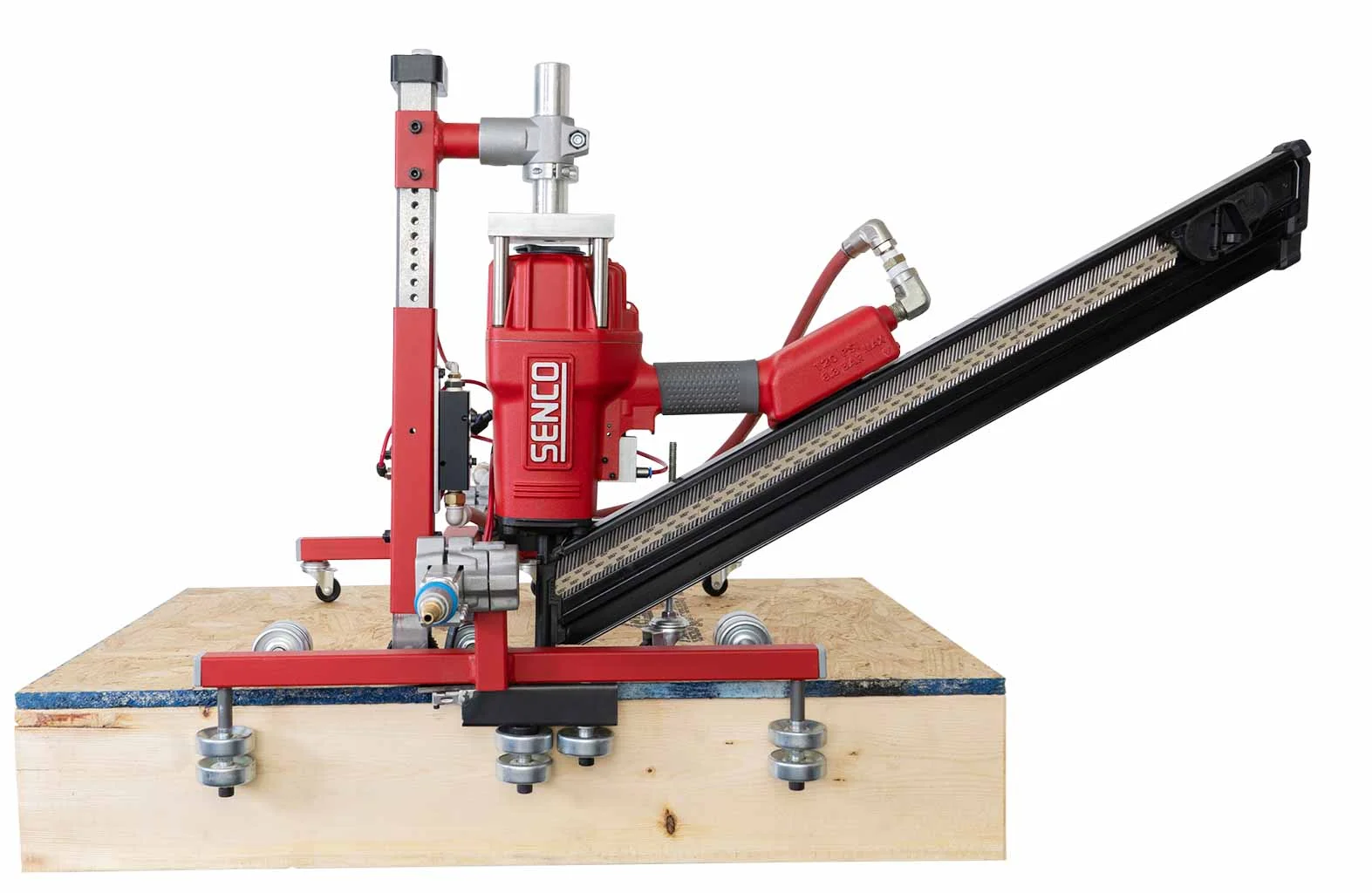What Is A Penny Nail?

Penny Nail vs. Gauge Nail – Why Does “Penny” Describe Nail Length?
It’s hard to overstate the importance of the invention of the metal nail to society. In use since the bronze age, the nail’s adoption allowed workers to create stronger, sturdier, more affordable structures and furniture.
The purpose of nails has not changed for 5,000 years, but terminology certainly has. One common way to refer to nail length today is the penny system. For example, you may have heard a professional construction worker or woodworker refer to a 2-inch nail as a “6-penny” nail, or seen it written as “6d” nail.
Often, the person using penny sizes may be older and highly experienced in their field or craft. This may leave younger professionals or hobbyists scratching their heads. Here’s what “penny” means as it relates to the size of nails.
THE PENNY SYSTEM
Understanding the penny nail requires a look back to England in the late Middle Ages. In the 1400s, the price of 120 nails was measured in pennies, or “pence.” Like today, larger nails sold for higher prices.
The penny number is simply the price of 120 nails of a given length in historic England. Though the exact timing and circumstances are lost to history, what started as simple, standard pricing for various lengths of hand-forged nails became a naming convention that would last for more than 500 years and counting.
On the low end, 1-inch nails were sold for 2 pence per 120 nails. That’s how 2-penny or 2d came to describe nails that are 1 inch in length. On the high end, six-inch nails were sold for about 60 pence per 120 nails, which is why 60-penny or 60d nails refer to 6-inch nails today.
From 2d to 16d nails, the penny size increases by one to two for every ¼-inch of length added to the nail. For 20d nails and longer, the penny size increases by 10 per ½-inch of length. Here is a handy chart for reference – if you’re new to penny sizes, you can print it out and place it on your toolbox.
| 2d = 1” | 10d = 3” |
| 3d = 1-¼” | 12d = 3-¼” |
| 4d = 1-½” | 16d = 3-½” |
| 5d = 1-¾” | 20d = 4” |
| 6d = 2” | 30d = 4-½” |
| 7d = 2-14” | 40d = 5” |
| 8d = 2-½” | 50d = 5-½” |
| 9d = 2-¾” | 60d = 6” |
WHAT DOES THE “D” MEAN?
In writing, the word “penny” is typically abbreviated as “d.” This is a reference to the Latin name of the most common silver coin used in ancient Rome, the denarius. When speaking, most people pronounce the “d” as “penny.”
TODAY’S NAMING CONVENTIONS
While penny size is still commonly used in the United States, it is growing more common for pros to simply refer to the length of the nail to avoid confusion. Most loose nail packaging prominently displays nail length in inches next to the penny size. Some nail packaging – particularly collated nails – no longer includes penny size at all.
For collated nails, like those manufactured by SENCO for use in pneumatic and cordless nailers, another measurement is just as important as length. “Gauge,” a measurement of diameter or width of the nail, is commonly used today – particularly in finish and trim work, in which smaller diameter nails create less visible holes and require less touchup.
Larger collated nails, like those used for framing and roofing, are most commonly referred to today by length and job type, such as “3-½” framing nails.” However you refer to them, make sure you have the right size nails for your job and nailer. Using the wrong length or gauge of nails can cause your nailer to jam.

